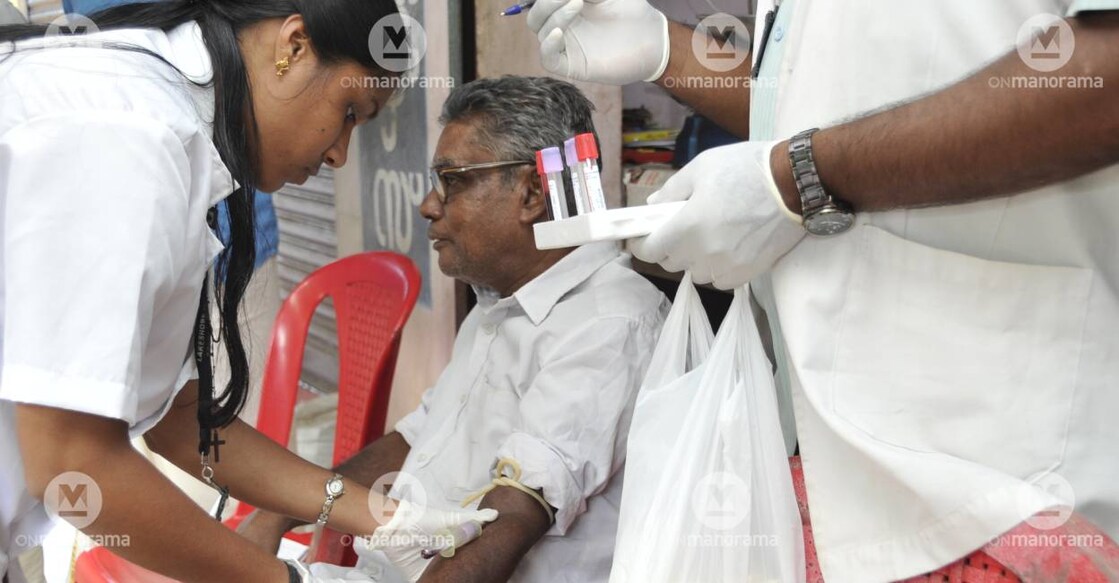Jaundice, not dengue, second infectious cause of death in Kerala now

Mail This Article
Thiruvananthapuram: Hepatitis A has become the second leading cause of deaths due to communicable diseases in Kerala, barely six months into 2024. Leptospirosis and Dengue have mostly been the leading infectious causes of deaths in the state. This year Leptospirosis has claimed 41 lives, Dengue 16, and 17 people have died of Hepatitis A so far which spreads through fecal-oral transmission.
What is alarming is that there were 16 unconfirmed deaths and 6046 suspected cases of Hepatitis A as on May 23. Between March and May, Kerala's caseload rose by 312% and fatalities increased from 2 to 17. Deaths due to Hepatitis A have gone above 10 once in the past decade; in 2017 when 24 deaths were reported. Fatality rate has always been low for Hepatitis A in Kerala; a factor which has left the health experts pondering over reasons for a rise in deaths due to Hepatitis A.
Weekly outbreak reports compiled as part of the integrated disease surveillance programme (IDSP) show that between January and April, Kerala had two major outbreaks of Hepatitis A; both in Malappuram where nearly 670 people were affected and three died. Since March, the pattern of transmission has changed from a single-point source to a propagated mode. In February, cases were reported in Cheruvannur in Kozhikode where 15 infected people had a history of consuming food at a family function. In the same month, 41 cases were reported in Kasaragod where the patients had a history of having welcome drinks at a marriage function. In Malappuram, an outbreak of 47 cases was reported and source was traced to canteen food. Fifty-seven cases and one death were reported at Kizhakoth village in Kozhikode in March and the infected people had attended a wedding.
The deceased people were mostly in the age group of 30-50, officials with the health department said. Secondary transmission from the index case to close relatives or contacts has also led to the rapid spread of infection. "One pattern we have noticed is the places of occurrence. Earlier Hepatitis A was mostly reported from coastal areas and urban places. This year, we reported outbreaks from rural areas and places on the forest fringe. The cases we confirmed in Ernakulam, Kozhikode and Malappuram were typical of this pattern. The initial cases were point-source infection but cases recently are being traced to contaminated water sources. Even though chlorination is being done, faecal contamination continues to happen," said an official with the Department of Health.
Malappuram, which has already witnessed repeated bouts of outbreak, currently has over 1000 confirmed and 3460 suspected cases. There have been 12 confirmed deaths in Malappuram alone. The district officials associated with the disease surveillance said that two among the dead were diabetic, two had liver diseases, two persons were alcoholic and two had consumed indigenous medicine for Hepatitis A. Only 31% of cases sought treatment soon after the onset of symptoms. There has been an average delay of two days. "Delay in treatment has been a case of concern. In northern Kerala, patients have the tendency to opt for traditional medicine which could actually aggravate the condition. Daily follow-up is crucial for managing this disease," said Dr Anish TS, Associate Professor, Department of Community Medicine, Government Medical College, Manjeri.
While the case fatality rate of Hepatitis A has been relatively low this year, health experts are also considering factors like prevalence of non-alcoholic fatty liver disease (NAFLD), non-alcoholic steatohepatitis (NASH), liver inflammation and damage caused by a build-up of fat in the liver, a serious form of NAFLD which could lead to deaths. So far deaths have been reported within two weeks in most of the confirmed cases. "The nature of deaths due to Hepatitis A this year calls for a close study on factors like NAFLD. Co-existing liver disease can accelerate fatality when infected with Hepatitis A. The prevalence of fatty liver among Keralites could be an after-effect of consuming fast food, but we need to study further. The prevalence of this disease among youth has to be studied closely, especially in the wake of the number of jaundice deaths this year," said Dr Sheela Mathew, former professor and head, infectious diseases, Government Medical College, Kozhikode.




